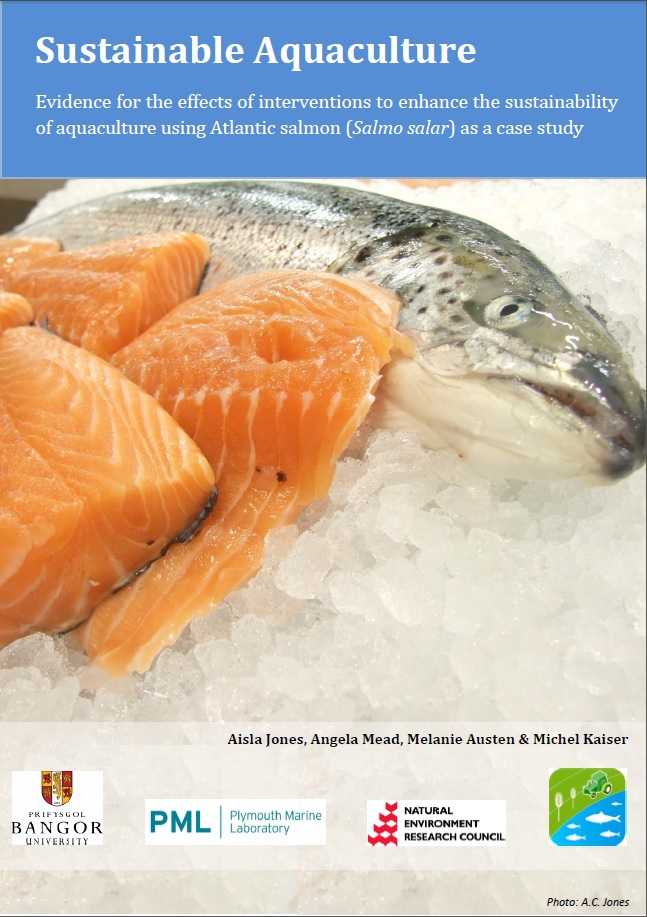Actions to conserve biodiversity
We have summarised evidence from the scientific literature about the effects of actions to conserve wildlife and ecosystems.
Review the evidence from the studies
Not sure what Actions are? Read a brief description.
Search for evidence
e.g. "frogs chytrid"
25 Actions found
Refine
Hide
25 Actions found
Download Actions
| 0 selected |
|
Order results by:
| Action | Effectiveness | Studies | Category | |
|---|---|---|---|---|
|
Aerobic training Action Link |
Awaiting assessment | 1 |
|
|
|
Alter cage size Action Link |
Awaiting assessment | 1 |
|
|
|
Alter lighting Action Link |
Awaiting assessment | 1 |
|
|
|
Bathe in freshwater Action Link |
Awaiting assessment | 2 |
|
|
|
Breed for resistance traits Action Link |
Awaiting assessment | 1 |
|
|
|
Construct artificial reefs Action Link |
Awaiting assessment | 2 |
|
|
|
Domestication: sterility/triploidy Action Link |
Awaiting assessment | 1 |
|
|
|
Dry sludge in beds Action Link |
Awaiting assessment | 1 |
|
|
|
Eco friendly biofouling prevention Action Link |
Awaiting assessment | 2 |
|
|
|
Establish fallowing to reduce parasites/disease Action Link |
Awaiting assessment | 2 |
|
|
|
Establish fallowing to reduce pollution Action Link |
Awaiting assessment | 1 |
|
|
|
Integrated aquaculture systems Action Link |
Awaiting assessment | 4 |
|
|
|
Reduce fish meal in diet Action Link |
Awaiting assessment | 2 |
|
|
|
Use an alternative oil source: plant-based Action Link |
Awaiting assessment | 10 |
|
|
|
Use an alternative protein source: animal Action Link |
Awaiting assessment | 2 |
|
|
|
Use an alternative protein source: bacteria Action Link |
Awaiting assessment | 3 |
|
|
|
Use an alternative protein source: krill Action Link |
Awaiting assessment | 2 |
|
|
|
Use an alternative protein source: plant-based Action Link |
Awaiting assessment | 11 |
|
|
|
Use an alternative protein source: yeast Action Link |
Awaiting assessment | 1 |
|
|
|
Use exclusion nets Action Link |
Awaiting assessment | 1 |
|
|
|
Use genetically modified alternatives Action Link |
Awaiting assessment | 4 |
|
|
|
Use natural control agents: cleaner wrasse Action Link |
Awaiting assessment | 2 |
|
|
|
Use of probiotics and immunostimulants Action Link |
Awaiting assessment | 2 |
|
|
|
Use supplements Action Link |
Awaiting assessment | 3 |
|
|
|
Use vaccinations Action Link |
Awaiting assessment | 6 |
|
Download Actions
| 0 selected |
|

Sustainable Aquaculture - Published 2013
Atlantic salmon Aquaculture Synopsis
Watch this search
If you are familiar with RSS feeds, please click the button below to retrieve the feed URL:
RSS feed for this searchIf you are unfamiliar with RSS feeds, we would suggest reading this BBC article.
Unfortunately, due to the number of feeds we have available, we cannot provide e-mail updates. However, you could use tools such as Feed My Inbox to do this for you.
What are 'Individual studies' and 'Actions'?
Individual studies
An individual study is a summary of a specific scientific study, usually taken from a scientific journal, but also from other resources such as reports. It tells you the background context, the action(s) taken and their consequences.
If you want more detail please look at the original reference.
Actions
Each action page focuses on a particular action you could take to benefit wildlife or ecosystems.
It contains brief (150-200 word) descriptions of relevant studies (context, action(s) taken and their consequences) and one or more key messages.
Key messages show the extent and main conclusions of the available evidence. Using links within key messages, you can look at the paragraphs describing each study to get more detail. Each paragraph allows you to assess the quality of the evidence and how relevant it is to your situation.
Where we found no evidence, we have been unable to assess whether or not an intervention is effective or has any harmful impacts.





)_2023.JPG)














